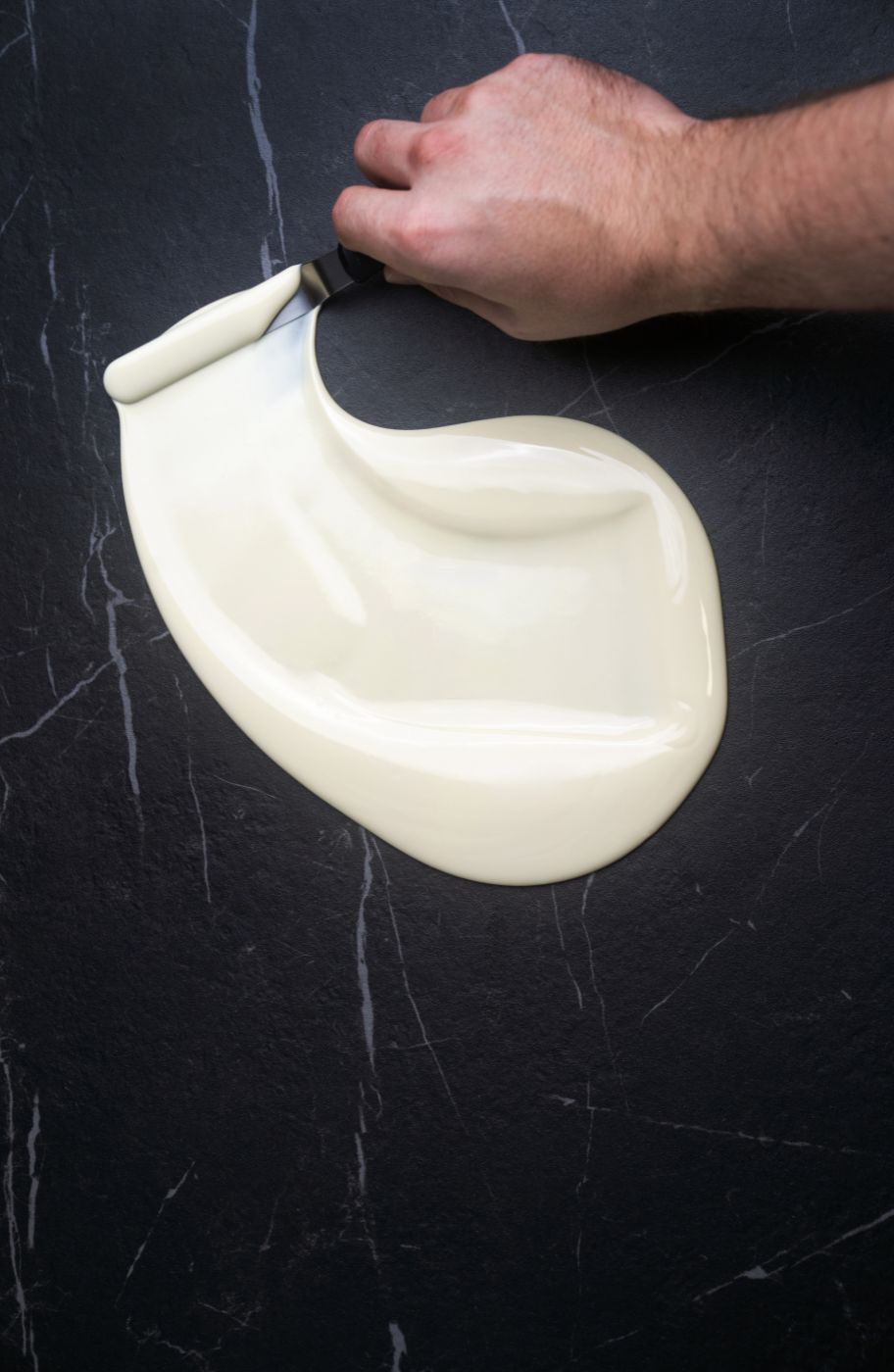Let Them Eat Cake
Cakes That Changed History
It’s one of the most cherished and expansive areas of the baking world. Few desserts have the sheer variety that the world of cake does, from cheesecake to carrot cake, red velvet, mud cakes, black forest and beyond, there’s no shortage of delicious varieties to indulge in, and many an argument has resulted from conversations about cake preferences. This sort of extensive variety is a result of centuries of culinary exploration and experimentation, oftentimes making history in the process, literally. Here are some cakes that have changed the course of history.
The Egyptians invented animal-themed cakes
Archaeological evidence proves that the ancient Egyptians were the original innovative bread bakers, dating all the way back to the years 2600-2100 B.C. While animal-shaped cakes might be synonymous with children’s parties today, in Ancient Egypt they were a apart of religious ceremonies and even sacrifices. These cakes proved to be groundbreaking developments in the history of baking, with some early records proving the existence of honey flans and patterned tortes around this time.
The origin of pastry baking
The Romans created basic pastry dough that was used to cover meat while cooking. The paste of oil, flour, and water was used as a safeguard to keep the meat moist and protect it from burning but it was never intended to be eaten. By today’s standards it would not have been very appetising considering that it lacked butter or lard.
Greek culture had influenced the Roman Empire, and they both struggled in making good pastry because they relied oil which made the end-product lack firmness. This period marked widespread experimentation with new ingredients like eggs and butter in the world of baking and pastry cheffing emerged as a noble profession, while the skill was revered. Dating back to the 1st century A.D., inscription on a tomb of a Roman baker shows the different stages in the production of bread at that time.
The French Queen – Marie Antoinette
“Let them eat cake” is the most famous quote attributed to Marie-Antoinette, the queen of France during the French Revolution. According to legend, the phrase was the queen’s response upon being told that her starving subjects had no bread to eat and were starving. The anecdote was largely used as an example of Marie-Antoinette’s obliviousness to the conditions and daily lives of ordinary people. While historians have largely discredited this statement and maintain she probably never said anything close to it, the French queen’s love of decadence and cakes made it easy for the rumour to spread as false truth. Her favourites included petit fours, crystallised fruits, and wafers. While the cake in question was theoretical, the idea sparked a revolution and changed the course of history.
Powder revolutionised the world of cakes
In the 18th century, bakers were fervently experimenting with less labour-intensive ways to make baked products rise instead of relying on the unreliable yeast solution of the time. The final solution to the problem was invented in 1843 when chemist Alfred Bird created the first baking powder as a solution to his wife’s egg and yeast allergy. This invention went on to revolutionise the world of baking, making it more accessible in kitchens everywhere and creating the traditional cake textures we all know and love today, including the iconic ‘sponge’ cake in all its forms.
The Victoria Sponge Cake
According to history, no royal figure was a bigger fan of the afternoon tea than Queen Victoria, and there was one treat in particular she loved enjoying daily. As the recipe for a specific creamy sponge cake evolved with the invention of baking powder, it was renamed in honour of its royal patron and biggest fan. Her dedication to the treat and her daily dose of sugar instilled a culture of afternoon tea that spread around the world and made the indulgence a universally beloved treat.




